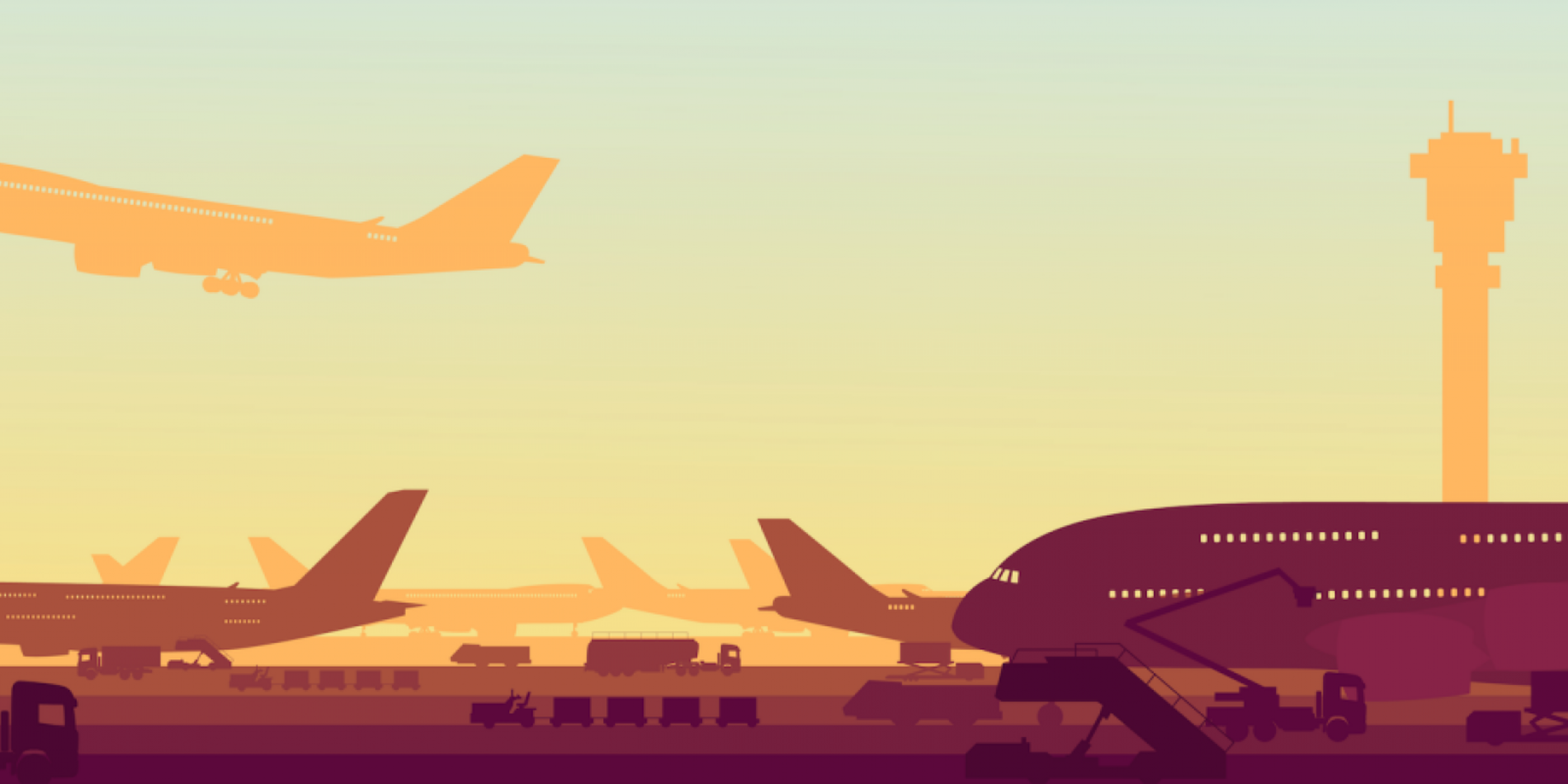Can neural networks help make air traffic control safer?
Artificial intelligence researchers have been experimenting with deep neural networks to enable computers to learn from examples in ways that are inspired by the human brain. These deep neural networks are the power behind increasingly mainstream computing feats like Siri’s ability to understand your speech and many programs’ capacity to recognize images. But can they be used to make complex systems like air traffic control safer?
That’s the somewhat provocative question asked by Mykel Kochenderfer, an assistant professor of aeronautics and astronautics and director of the Stanford Intelligent Systems Laboratory. After all, it’s probably no big deal if Siri misunderstands you or Google misclassifies some images, but as Kochenderfer puts it, “If it makes your plane crash, that’s really bad.”
Now research led by Kyle Julian, a graduate student in Kochenderfer’s group, is starting to boost engineers’ trust in neural nets. In a recent paper, co-authored with Kochenderfer and researchers at Johns Hopkins University and MIT, he explains that it may be possible to use one of the same computer science techniques behind Siri to improve the next generation air traffic control systems called ACAS X.
The Federal Aviation Administration (FAA) aims to implement ACAS X in the coming years, to give human pilots or drones access to a control system that will enable them to make the best moment-by-moment decisions about which way to fly. Designed to operate onboard each aircraft, ACAS X systems use sensors to continually sample information about one’s own vehicle and nearby aircraft, then use that data as the basis for calculations to determine the best course. The idea is to avoid collisions while minimizing the number of recommended maneuvers that the human pilot or the drone’s autopilot must make.
The calculations are enormously complicated by uncertainty about aircrafts’ future states. Although the sensors provide estimates about the current state – including the current positions, directions and velocities of both aircraft – it’s impossible to know exactly how the trajectories will change over time. That uncertainty makes it tricky to determine the optimal course: Is it better to turn the aircraft slightly now to avoid even the remote chance of a collision, or take the risk of waiting a little longer and having to make a more abrupt maneuver? Or worse: Find out the system has waited too long and cannot avert a crash.
To tackle this complex problem of optimization, the autonomous control system needs data about many possible trajectories, along with scores evaluating the safety or risk of these possibilities. But these calculations create a data table that would take up about 2 GB of storage, which would make the system challenging to build and certify. For the system to be more easily integrated into currently fielded avionics, the system would have to be at least 20 times smaller, or under 120 MB. So Julian and his colleagues faced a formidable data-compression challenge: to greatly reduce the file size without sacrificing safety or efficiency.
Until this work, the best available compression method had been able to shrink the database by a factor of about 5 without incurring significant loss of system reliability. Using deep neural nets, Julian and his colleagues were able to reduce the size of the data table by a factor of 1,000. Despite this immense compression, the researchers’ 1.5 million simulations actually showed fewer collisions and fewer alerts than simulations using the original table.
Why? The research team conjectures that the neural network smoothes out some of the decision boundaries where certain maneuvers are recommended over other maneuvers. These smoother boundaries happen to better correspond to optimality.
Julian says these empirical results have to be corroborated through rigorous proofs to guarantee that the neural net doesn’t err. Additional work is also planned to make the running of the neural networks faster. Still, the results are quite promising, suggesting a practicable way to automate not only collision avoidance, but also other complex, data-intensive decision processes such as automated driving. “Having this neural network that can represent this gigantic amount of data and compress it by a factor of 1,000 or more,” Julian says, “opens up the door for a lot of other applications.”
The paper recently won the Best Paper award at the AIAA/IEEE Digital Avionics Systems Conference (DASC), which this year focused on managing traffic among unmanned aircraft, or drones.




